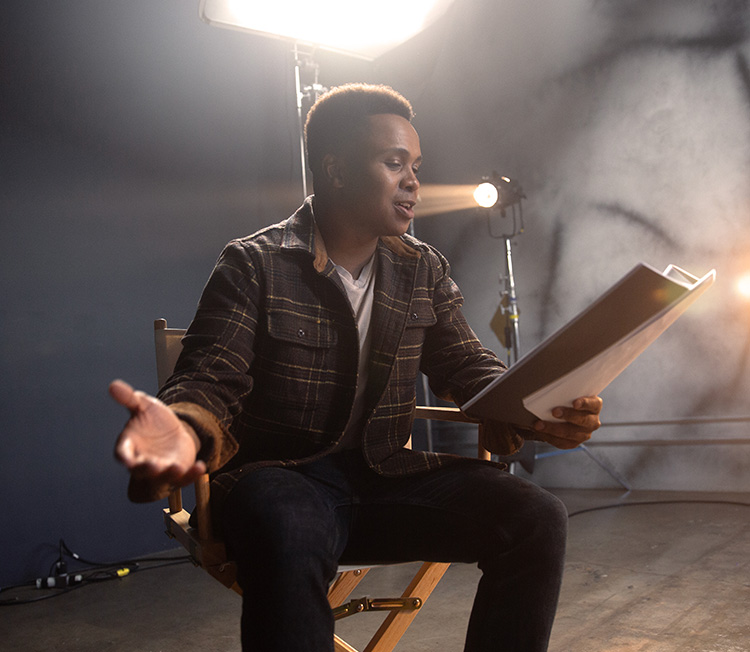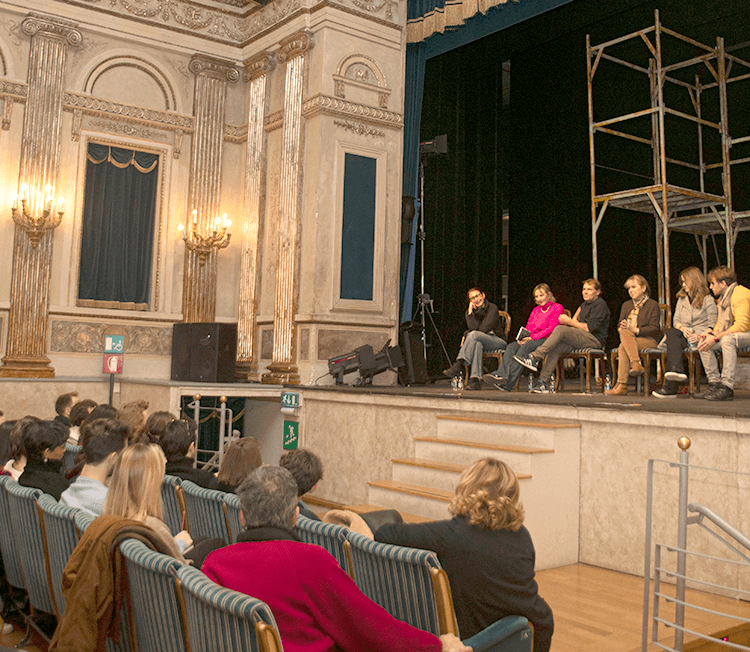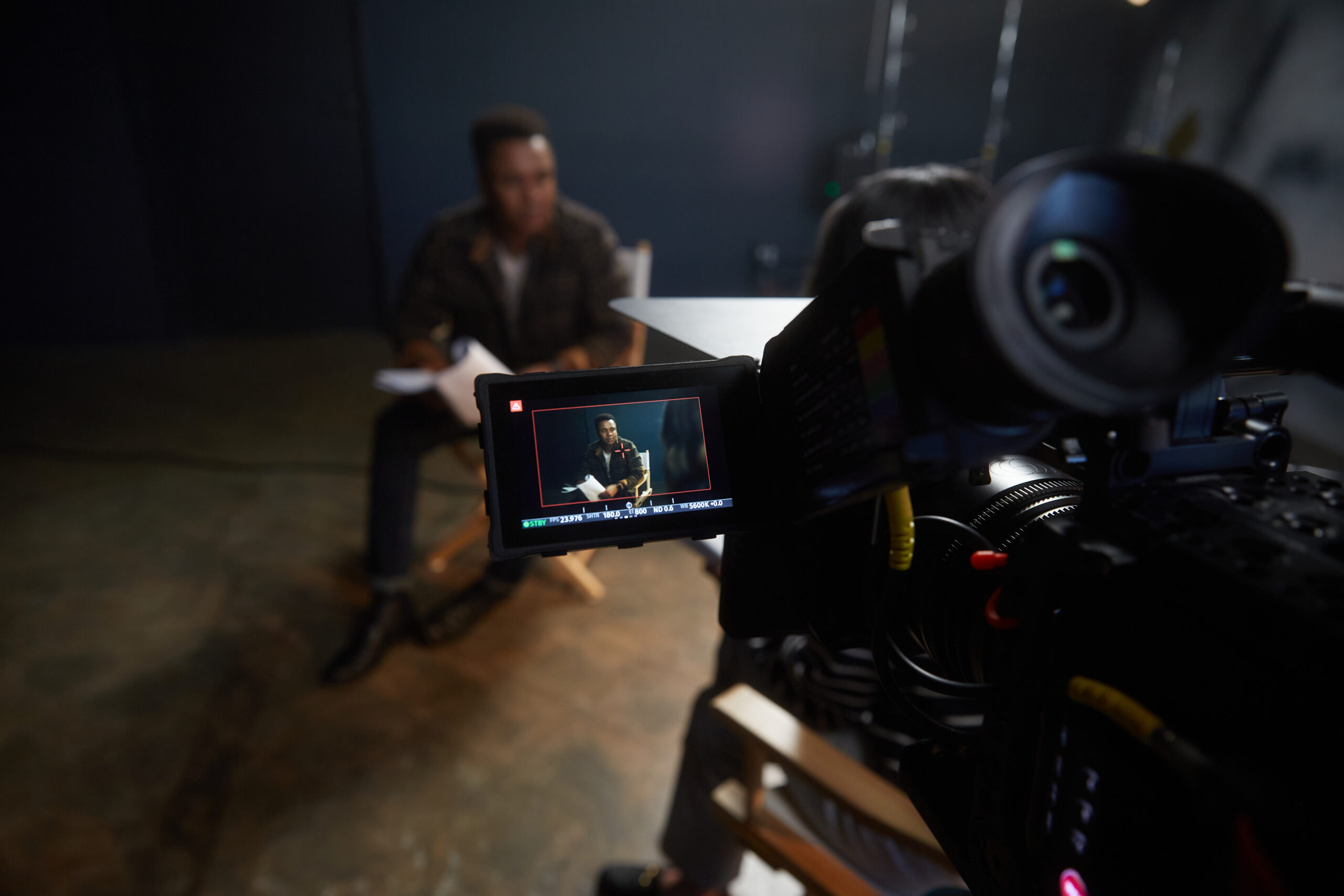Find out what Theatre in Education is, the opportunities it presents for actors and how to get started.
Theatre in Education (TiE) is theatre that takes place in an educational setting such as schools, colleges, pupil referral units, and even onsite at museums and exhibitions. The performances are message-focused and educational, offering a different way for students to learn. It can be incredibly demanding yet rewarding work for an actor.
Types of Theatre in Education
There’s no set way of delivering TiE. Some companies create shows on specific subjects and tour them, others are commissioned by local authorities to create and deliver workshops and performances. The Ben Kinsella Trust is a special type of TiE because it’s an anti-knife crime charity that runs workshops within a dedicated exhibition space. One of the rooms in the exhibit is a mock prison cell where an actor plays an offender. It’s a unique way of conveying the impact of choices and consequences around knife crime and offers young people an immersive learning experience.
Roles for actors vary from company to company
Some companies expect a script-perfect performance – so it’s worth clarifying before you start just how much creative license you will have. Other companies give actors the flexibility to use the script as a foundation to build an authentic performance upon, as long as the key messages are hit. “The script blocks and telling the story of what has supposedly happened to this prisoner is important,” says Rob Clark, Operations Manager at The Ben Kinsella Trust. ‘It doesn’t matter what the individual words say if the same story is coming out.’
Performance skills you’ll need for Theatre in Education work
- Research: You might receive a brief overview or information pack at the start of rehearsals, but it doesn’t hurt to familiarise yourself with the topic.
- Be playful: There might be lots of comedy and slapstick involved – especially if you’re performing for younger audiences – so keep an open mind and get stuck in!
- “Have lots of physical energy!” says Dan McClelland, Artistic Director of drama-based consultancy Enact Solutions. “You can be told you’re playing seven characters in three minutes, and you sometimes find actors being surprised at this being difficult.” The fast-paced world of TiE can be a culture shock, especially if you’re fresh out of drama school where you might have been used to unpacking a script technically.
- Incredible characterisation: Many of Enact Solutions’ shows require multi-roling. “Actors need to differentiate between all of the characters they are playing,” says Dan. “This could be physically, vocally in terms of dialects and accents. Some characters are big, some small, and some are modelled on animals! That’s the fun of it. Using your body as form.”
- Strong improvisation skills: TiE performances are often interactive, and you can’t predict how young audiences will participate or respond. It’s your responsibility to engage with contributions, whilst ensuring that you stay on track.
- Adaptability: young audiences are brilliant – and brutally honest! Once performances are underway, you’ll quickly feel out what’s working and what’s not. So if some characters aren’t landing, it’s an opportunity to tweak and change what you’re doing – providing the company you’re working for isn’t prescriptive about your performance!
- Ability to read the room: Rob emphasizes the importance of audience awareness: “Let’s say you’re an excellent actor and can set the drama and atmosphere, fantastic, but if you haven’t recognized the young people are terrified and then toned your performance right back then young people will find that a scary experience.” At the Trust, an actor must respond accordingly to each group that enters the cell. For instance, if a group is nervous, you might need to set a relaxing atmosphere. However, if you’re faced with an energetic and excited group, a slightly more intimidating and dramatic tone might be required to get their attention.
Taking care of yourself
Performance skills are vital, but so is taking care of your well-being. Don’t take things personally. If a young person is distracted, not listening, or saying negative comments, don’t take it to heart but learn from their behaviour. Their reactions could actually help pinpoint specific characters or moments in the show that aren’t working.
It’s important to take care of yourself. You might be dealing with hard-hitting topics, so it’s a good idea to learn how to de-role after each performance.
Getting Started in TiE
Get started by researching theatre companies that specialise in this type of work as they often have rolling callouts for actors. This way you can make contact – and possibly even book an audition – even if they aren’t casting for a specific role.
It’s also a good idea to get experience working creatively with young people. Whether it’s through assisting with a theatre’s young company or delivering sessions at an after-school club, first–hand experience is invaluable.
TiE is not for everyone. It’s a big commitment and you may find it’s not the easiest of acting gigs but if it’s a career path you choose to go down, it’s an incredibly worthwhile one.
If you’re looking for more opportunities to use your acting skills in alternative ways, read our guide to working in corporate role-play or the opportunities in voice-first content.
 Naomi Joseph is an actor, theatre-maker and writer. Naomi’s work includes ‘Criteria’, an award-winning spoken word short about cultural identity and bereavement. ‘Criteria’ is available to watch now on Vimeo. Its companion piece ‘Motherland’ is a dark comedy theatre show which played at various festivals across the UK.
Naomi Joseph is an actor, theatre-maker and writer. Naomi’s work includes ‘Criteria’, an award-winning spoken word short about cultural identity and bereavement. ‘Criteria’ is available to watch now on Vimeo. Its companion piece ‘Motherland’ is a dark comedy theatre show which played at various festivals across the UK.
Headshot Credit: Robert Boulton












